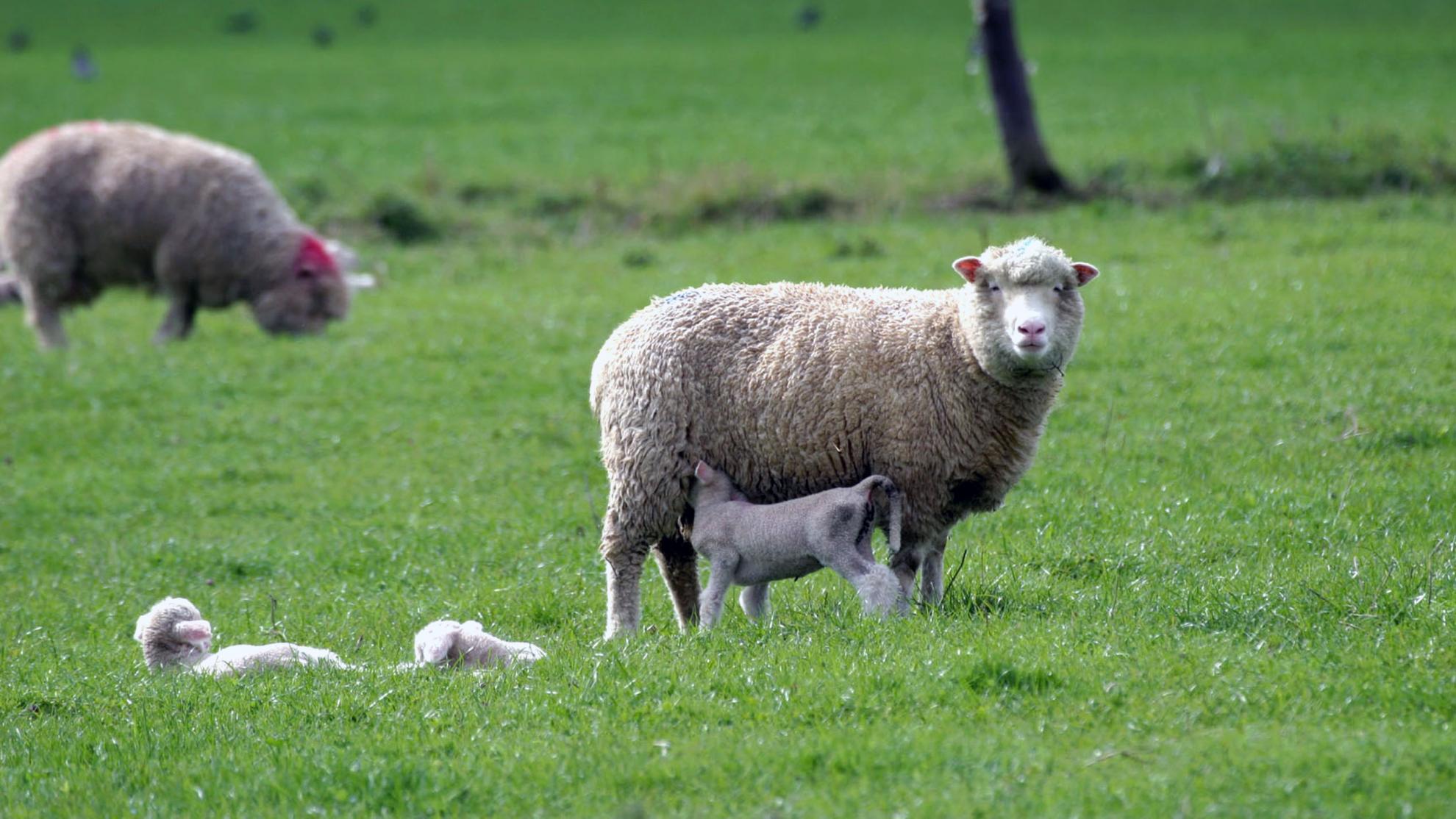Scientists at The Pirbright Institute have shown that the strain of bluetongue virus (BTV) currently circulating in France poses a threat to susceptible animals in Europe, despite causing less clinical disease than the original BTV-8 strain responsible for the first UK bluetongue outbreak in 2007.
The 2006-2009 European outbreak of BTV-8 was the most costly epidemic of the virus in recorded history. Anecdotal evidence had suggested the BTV-8 strain currently circulating in France, which re-emerged in 2015, is not as severe as the original BTV-8. However, the impact on susceptible animals and ability to be transmitted had not been directly compared between the two strains.
Pirbright scientists therefore assessed several properties of the re-emerging BTV-8 strain, which could help them understand how the virus might affect animals and the economy were it to spread to countries that had not experienced the original outbreak.
“We found that sheep infected with the re-emerged strain had lower concentrations of virus in their blood for a shorter period of time when compared to an original strain from the 2007 UK outbreak of BTV-8. Midge infection was also reduced, which is important as they transmit BTV between animals.” said Dr Carrie Batten, Head of the Non-Vesicular Disease Reference Laboratory at Pirbright.
“Milder clinical signs were observed in sheep infected by the re-emerged strain, although one developed acute lameness later during infection, which shows that the re-emerged strain can still severely impact sheep that have not been vaccinated or previously exposed to the virus”, Dr Batten continued.
These findings, published in Transboundary and Emerging Diseases, are consistent with the anecdotal reports of milder clinical signs in susceptible animals, and relatively slow spread of the re-emerged BTV-8 strain since circulation was first detected in France in August 2015, although spread into Germany has recently been seen.
However, many virus infections, including BTV, often lead to milder clinical disease under highly controlled experimental conditions. Increased disease may be seen on farms that have different breeds and age groups which are exposed to environmental stress and other infections. Development of more chronic clinical signs such a lameness and weight loss late in infection is a key feature of BTV and often more severe under natural farming conditions.
Recent reports that the re-emerged BTV-8 strain might be able to cross the bovine placenta in infected dams and cause birth defects in unborn calves would also increase the disease threat of this strain. Coupled with animal movement restrictions, it is probable that future incursions of the re-emerged BTV-8 will have an economic impact on the UK livestock industry.
“As the World Organisation for Animal Health (OIE) and National Reference Laboratory for bluetongue, it is important we understand the risks associated with circulating bluetongue strains that could affect our livestock”, added Dr Batten. “Our labs have already detected several imports of bluetongue infected animals to the UK in the past year, as part of the UKs robust post-import checks. Although none of these have led to an outbreak in the UK, it is crucial that we understand how the current strain may affect the wellbeing of susceptible animals, in addition to helping us prepare appropriate control measures should an outbreak occur in the UK.”
